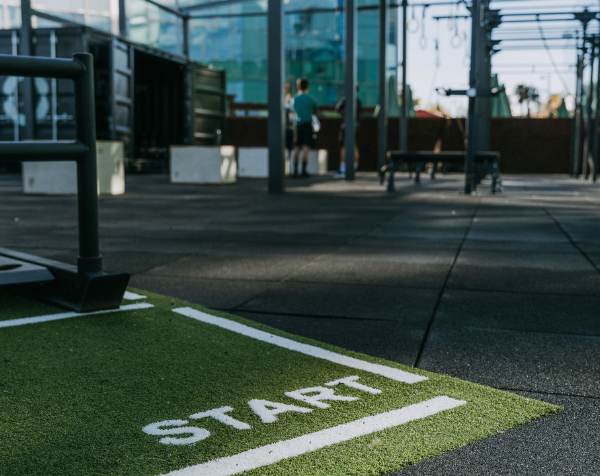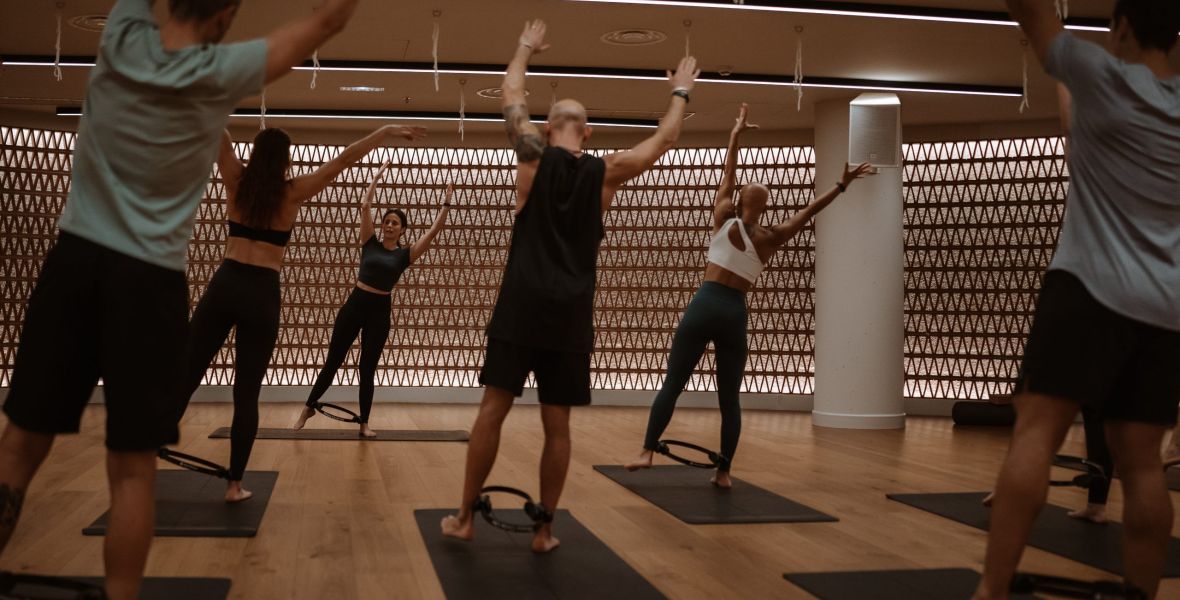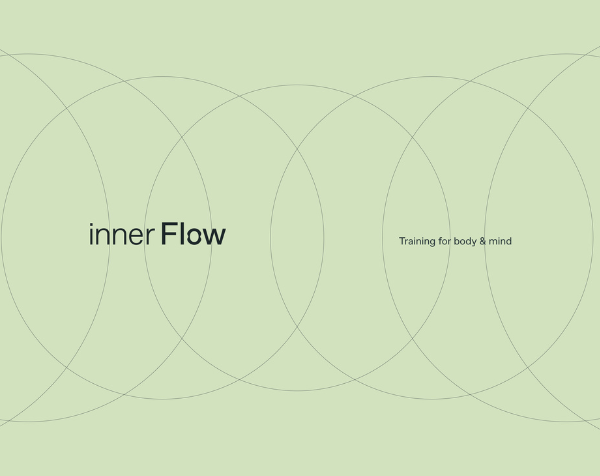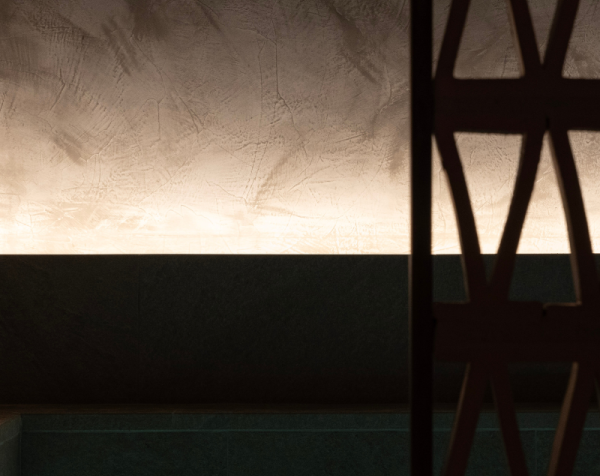


In this article, you will find a brief history of Joseph Pilates and an overview of his popular exercise regime: Mat and Reformer Pilates.
Reading time: 3 minutes
Brief History
Joseph Pilates was born in Germany in 1883 and from a young age started developing a series of exercises that promote mind and body connection through slow and controlled movements. While interned in Britain during World War I, Pilates taught his exercises to others and started to gain inspiration for the reformer machine. In April 1926, he immigrated to the United States of America.
It was in America that his “Contrology” formed into the pilates we know today. He worked with his brother, Fred, to build the reformer machine we use now: equipped with resistance springs, various straps and pulleys, and the classic foot bar. He established his first studio in New York City in 1929 and became well-known among the city’s dancers for his ability to rehabilitate and prevent injuries. Many famed dancers, particularly in the modern style, flocked to Joseph’s New York studio and referred it to their friends. These dancers would become the first generation of pilates instructors. As he grew in notoriety, he was asked by Ted Shawn to develop an exercise program for his dance camp in the Massachusetts Berkshires. It was here that Pilates developed and refined his Mat Pilates.
Mat vs. Reformer Pilates
Joseph Pilates developed two styles of pilates: mat and reformer. Mat exercises are centered around your core while strengthening your entire body. They are easily modifiable to your needs and a perfect introduction to pilates because it only requires yourself and a mat. You can find InnerFlows mat pilates classes here. The benefits of mat pilates include better posture, balance, and coordination, as well as improvements in body awareness, injury prevention, and concentration.
Reformer requires the use of a machine by the same name, explained at the beginning of this article, invented by Joseph and his brother. The reformer offers a wider variety of exercises available because of its customizable nature. It will challenge balance while also working many muscles all at once, with some benefits being improved mobility and strength. Once you feel strong enough on mat pilates, you can transition to reformer pilates. If you are unsure if you are ready to make the progression you can always consult an instructor to ensure you are on the safest path.
Pilates’ Core Beliefs
Joseph Pilates believed to his core that pilates is the “complete coordination of body, mind and spirit.” This is seen in the first name for his series of exercises and philosophy, Contrology. In 1945, Pilates published Return To Life Through Contrology which documented 34 central mat exercises. Until he died in 1967, Pilates was an outspoken advocate for his exercises, motivated by a genuine belief that if it was adopted by all it would massively improve personal and social well-being. He was often quoted as saying he was 50 years ahead of his time. After his passing, his wife Clara and the many instructors he taught continued to spread the message of Pilates, moving across the US and around the world. The style of exercise began to take off, in the way Joseph Pilates had dreamed of, in the late 1990s.

